Looye Kwekers manages the complete process, ranging from cultivation to custom consumer packaging, in-house. A packaging process with fast throughput without any malfunctions is highly desirable.
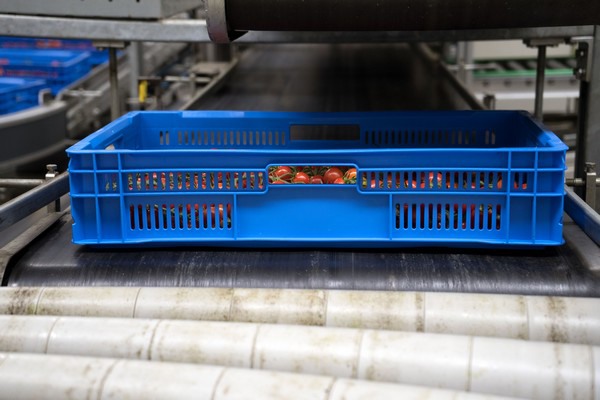
Until recently, Beekenkamp's existing low-height AGF crate was used for harvesting at multiple sites and for transport to the central packaging location. Years of intensive use and far-reaching automation caused the stacking edge at the bottom of the old crates to wear down. This resulted in malfunctions; for example during the automated stacking process.
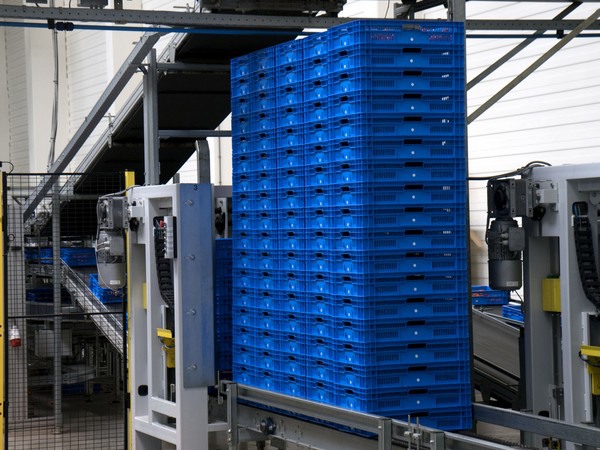
Together with Looye Kwekers, the company tested various crate bottoms using the existing automated system. These tests were conducted on conveyor belts, chain conveyors and various stacking and unstacking machines. "Together with Looye Kwekers we developed a crate with identical dimensions, equipped with a totally smooth bottom, which can be perfectly transported on the chain conveyor without incurring any damage. The new crates have a new nesting function with sufficient stacking play between crates during stacking, but without virtually any play in the stack," says the team with Beekenkamp.
The crates are made of a food-safe certified combination of polypropylene (PP) and dye, which complies with the latest legislation on substance migration. The use of PP materials ensures that the crates are dimensionally very stable and that they can be cleaned at high temperatures.
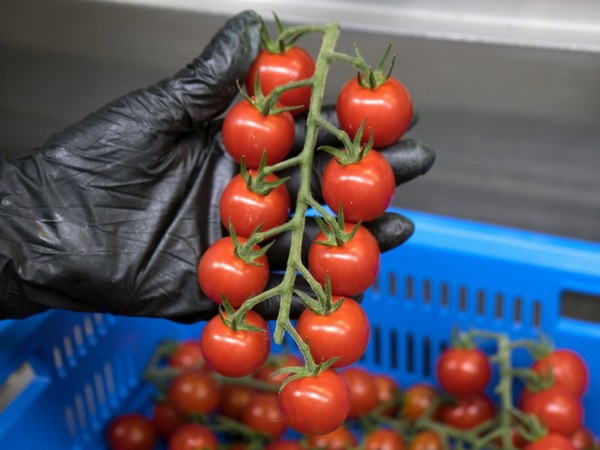
The crates have now been in use for six months to everyone's satisfaction. Robert Poot, Chief, Technical Services at Looye Kwekers, is very satisfied with the elimination of unnecessary stoppages due to malfunction of the automated system. “We should have done this years ago.”
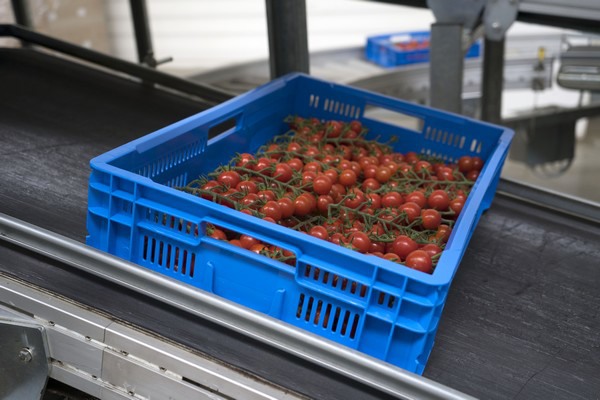
Before the crates were replaced, the new ones were first produced. In addition, Beekenkamp was allowed to act as intermediary in selling the old crates. "A sustainable solution," they agree.

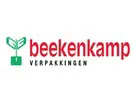 Beekenkamp Verpakkingen
Beekenkamp Verpakkingen